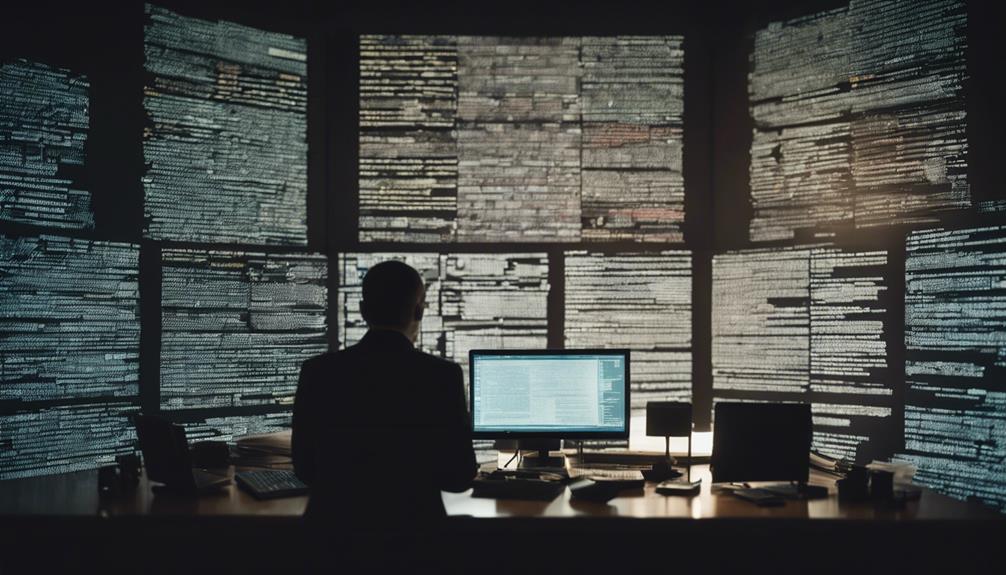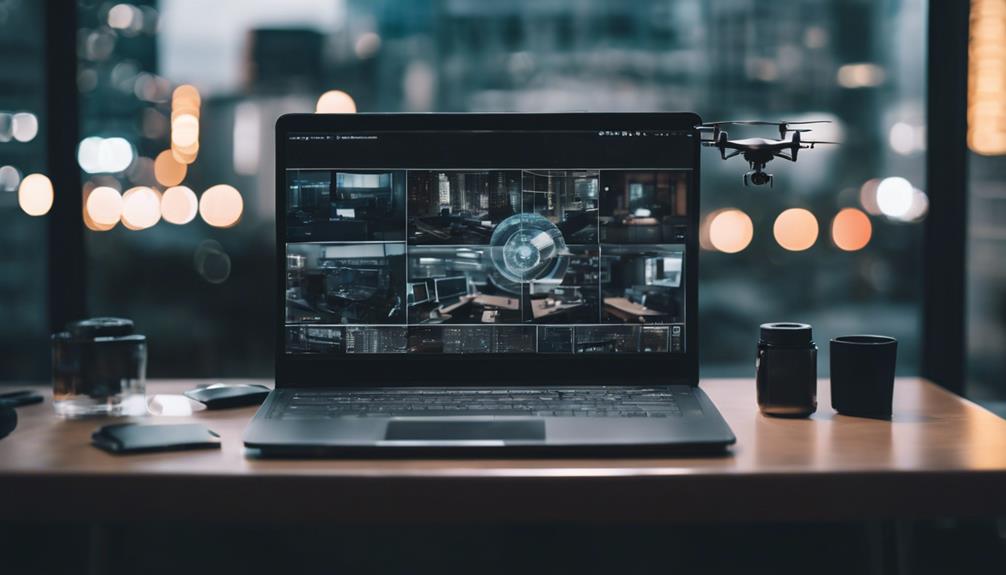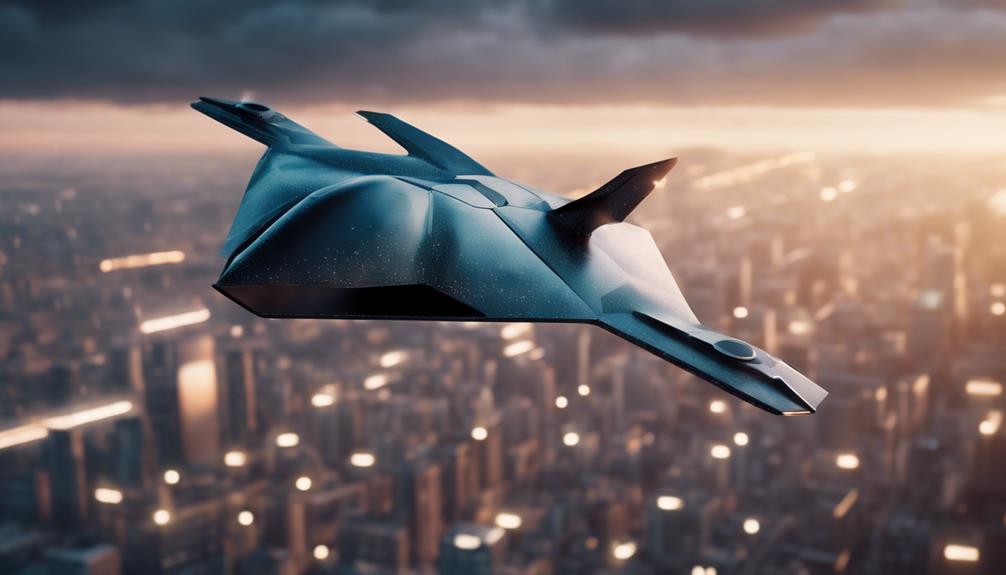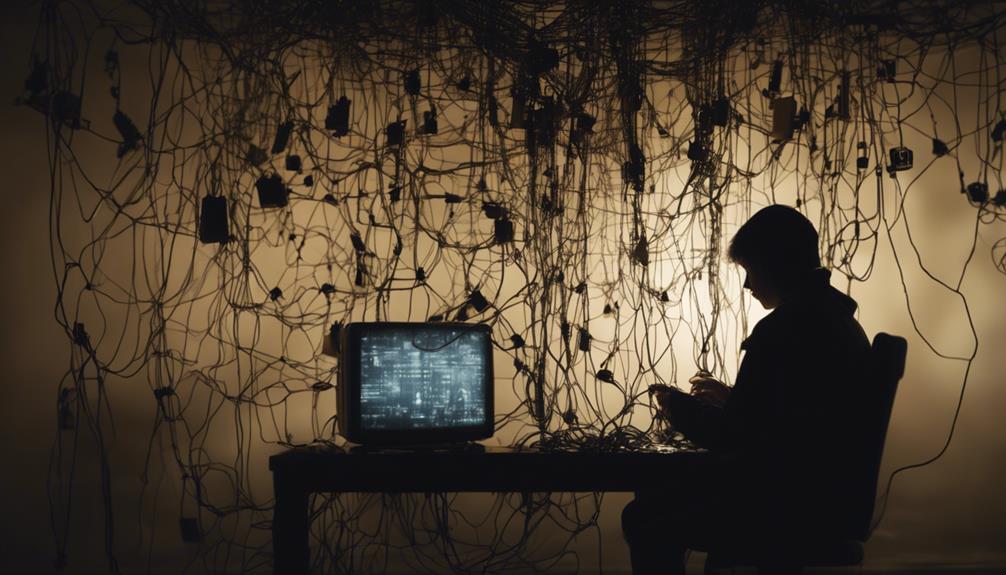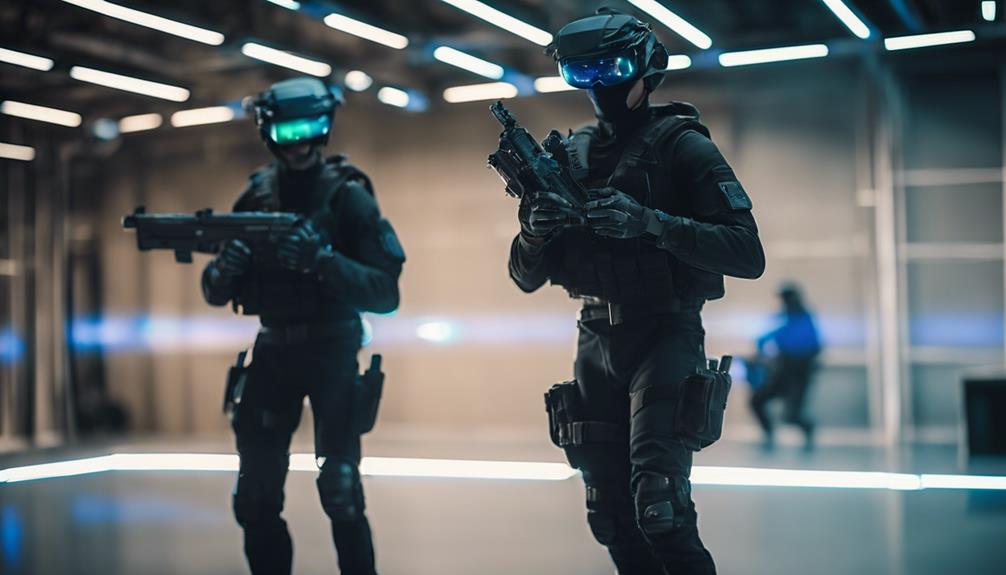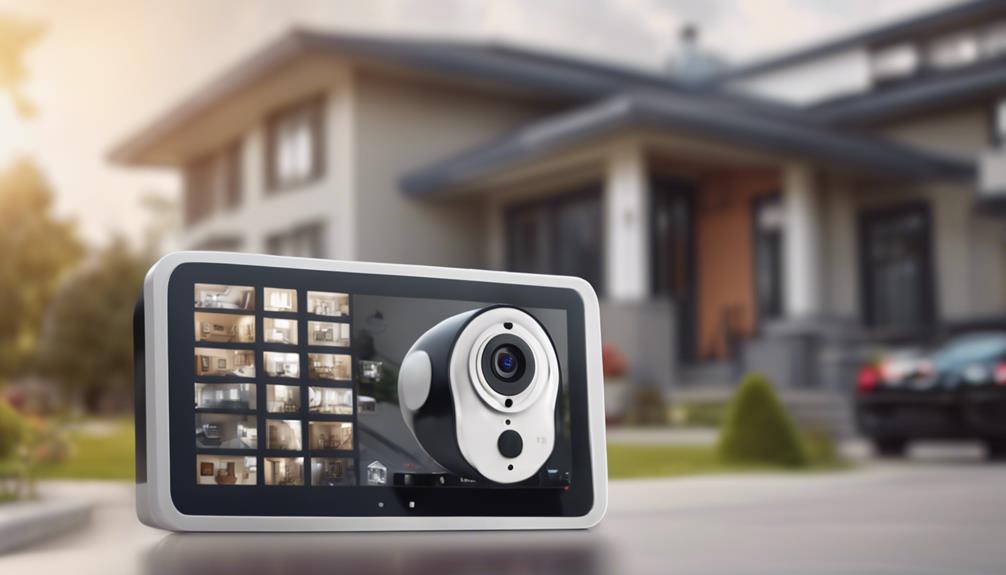
In an age where surveillance and security are paramount, the desire for discreet monitoring solutions has led to the increased interest in spy cameras. A simple spy camera circuit can be an exciting DIY project that not only enhances your technical skills but also provides a practical solution for various needs. In this article, we will delve into the fundamentals of designing a simple spy camera circuit, including essential components, wiring diagrams, and safety considerations. Whether you’re a hobbyist or someone looking to implement surveillance discreetly, understanding the nuances of spy camera circuits will empower you to create effective solutions.
Creating your own spy camera circuit can be both a rewarding and educational experience. It allows you to understand the underlying principles of electronics while catering to your specific needs. However, it’s essential to approach this project with a comprehensive understanding of the various components and design techniques involved. By following this guide, you will gain the knowledge and confidence to embark on your own spy camera circuit project, all while ensuring compliance with local regulations and ethical considerations.
Understanding the Basics of Spy Camera Circuits
Spy camera circuits typically consist of a camera module, a power supply, and a method for transmitting or recording the video footage. The primary function of these circuits is to capture images or video discreetly, making it essential to design them in such a way that they are compact and unobtrusive. Understanding how the different components interact within the circuit is crucial for both functionality and reliability.
Most spy camera circuits operate on low voltage, which makes them suitable for battery-powered applications. A basic understanding of electronics, including Ohm’s Law and circuit theories, will greatly enhance your ability to design and troubleshoot these systems. With the right foundational knowledge, you can create a circuit that meets your specific surveillance needs while maintaining a manageable complexity level.
Essential Components of a Simple Spy Camera Circuit
The essential components of a simple spy camera circuit include a camera module, microcontroller or processor, power source, and storage or transmission unit. The camera module is the heart of your circuit, capturing video and images, while the microcontroller processes the captured data. Depending on your project’s specifications, you may choose a wired or wireless power source, and your storage could be anything from an SD card to a live-streaming service.
In addition to these core components, you will also require resistors, capacitors, and possibly a breadboard for prototyping. Understanding the role of each component will help you assemble your circuit more effectively. Each element must be chosen carefully to ensure compatibility and optimal performance, so your final design operates seamlessly and meets your expectations.
How to Choose the Right Camera Module for Your Needs
Selecting the right camera module is pivotal to the success of your spy camera project. Various factors, such as resolution, low-light performance, and size, will affect your overall design. For instance, if you plan to use the camera in low-light environments, opting for a module with infrared capabilities would be prudent. Additionally, the resolution should align with your surveillance needs—higher resolutions typically deliver clearer images but can also increase data storage requirements.
Another critical aspect is the form factor of the camera module. If discretion is a priority, smaller and less obtrusive camera modules are available that can fit into various enclosures. Consider the intended use of your spy camera; whether for home security, monitoring pets, or covert documentation, the right camera can significantly enhance the effectiveness of your project.
Step-by-Step Guide to Designing Your Spy Camera Circuit
Designing your spy camera circuit begins with defining your project requirements. Once you know what you want to achieve, sketch a basic circuit diagram outlining how each component will connect. Start with the camera module and plan where the power source, microcontroller, and storage will be situated. This initial sketch serves as a roadmap, guiding you through the assembly process.
Next, gather the necessary components based on your design, ensuring compatibility among all elements. Assemble the circuit on a breadboard for initial testing. This allows for adjustments in real time, making it easier to troubleshoot potential issues. Once you’re satisfied with the functionality, you can proceed to solder the components onto a more permanent board or integrate them into a suitable enclosure.
Wiring Diagrams: Visualizing Your Spy Camera Project
Wiring diagrams are invaluable tools for any DIY electronics project. They visually represent how each component of your spy camera circuit connects, making it easier to conceptualize your design. A clear wiring diagram will help prevent mistakes during assembly and ensure that you understand the flow of electricity through your circuit.
When creating your wiring diagram, label each component clearly and denote the type of connections—such as power, ground, and data signals. By taking the time to develop a detailed diagram, you will streamline the assembly process and reduce the likelihood of errors. This visual representation serves as a guide for troubleshooting as well, enabling you to quickly identify any issues that may arise during testing.
Common Mistakes to Avoid in Circuit Design
When designing a spy camera circuit, several common pitfalls can derail your project. One major mistake is underestimating the power requirements of your components. Ensure the power supply you choose can handle the voltage and current needed by the camera module and other components; otherwise, you risk damaging your circuit or experiencing performance issues.
Another frequent error is neglecting to properly secure connections. Loose wires can lead to intermittent functionality or complete circuit failure. Always double-check that your connections are secure, and consider using soldering for permanent installations. Taking these precautions will help you avoid frustration and ensure a successful project from the start.
Tips for Optimizing Your Spy Camera’s Performance
To optimize your spy camera’s performance, consider factors such as placement, lighting, and recording settings. The position of the camera plays a crucial role in capturing clear and useful footage. Ensure it is well-placed to monitor the desired area without obstructions. Moreover, if the camera is used indoors, utilize ambient lighting to enhance image quality, and for outdoor usage, select modules designed for outdoor conditions.
Additionally, optimizing the recording settings can have a significant impact on performance. Depending on your application, you may want to adjust the frame rate and resolution to strike a balance between video quality and storage capacity. Experimenting with these settings can help you achieve the best results tailored to your specific needs, maximizing the utility of your spy camera.
Ensuring Safety and Compliance with Spy Cameras
When designing and deploying spy cameras, it is crucial to remain aware of legal and ethical guidelines related to surveillance. In many jurisdictions, recording individuals without their consent can lead to legal repercussions. Before proceeding with your spy camera project, familiarize yourself with local laws regarding surveillance and privacy to ensure compliance.
Furthermore, consider safety aspects related to electronics, such as avoiding exposure to high temperatures or moisture, which could compromise the circuit’s integrity. Properly insulating connections and housing your components in a protective, ventilated enclosure will help mitigate risks and ensure your device operates safely and effectively, safeguarding both the equipment and individuals involved.
Real-Life Applications of Simple Spy Camera Circuits
Simple spy camera circuits can serve various practical purposes across multiple contexts. For instance, they can be used for home security, enabling homeowners to monitor their premises discreetly. These circuits can also serve as useful tools for pet owners who wish to check on their furry friends while away from home. Another application is in professional settings, where employees can use these cameras for documentation purposes or to ensure safety in potentially hazardous environments.
Moreover, educational institutions often utilize simple spy camera circuits as teaching tools in electronics and robotics courses. Projects of this nature encourage students to apply theoretical knowledge in practical applications, fostering both creativity and technical skills. Whether for personal use or educational purposes, the versatility of spy camera circuits makes them a valuable addition to any tech-savvy individual’s toolkit.
In conclusion, creating a simple spy camera circuit is an enriching project that combines creativity, technical skills, and practical utility. With a solid understanding of the basics, careful selection of components, and attention to safety and compliance, you can design an effective surveillance solution tailored to your needs. As you gain confidence in your abilities, you might find yourself exploring even more intricate designs, pushing the boundaries of what you can achieve. Empower yourself with DIY camera solutions and embrace the possibilities that come with designing your own surveillance systems.
